NATIONAL PARKS
NATIONAL PARKS – IN SRI LANKA

1. MINNERIYA NATIONAL PARK
Minneriya National Park, Sitting in the center of the cultural triangle, Minneriya is a nice solution to the busier parks in the south and in a day between visiting the ancient towns, it is simple to weave here. The dry season is the best time to visit the 8,890-hectare park, preferably from June to September, when the old tank, the lake that dominates the region, dries out and the grasses and shoots move through.
During this period you can see herds of feeding and washing up to 150 elephants, as well as toque macaques and sambar deer. Cormorants and painted storks are among the hungry bird flocks. Minneriya, nearest to the ancient town of Polonnaruwa by vehicle, has been upgraded from a nature reserve to a national park due to the increasing amount of visitors coming to see the elephants.
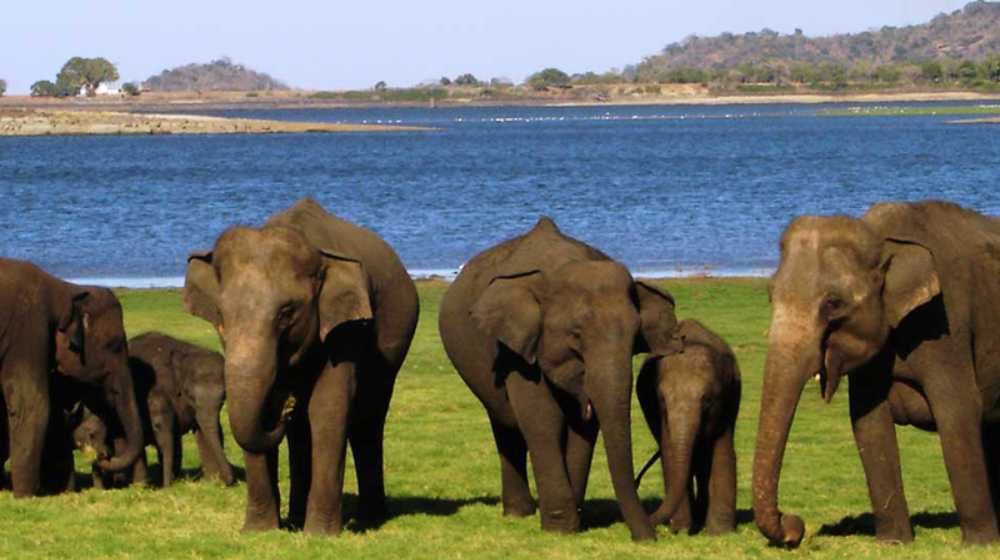
2. KAUDULLA NATIONAL PARK
Kaudulla National Park is a Sri Lankan national park situated 197 kilometers (122 mi) from Colombo. It was designated as a national park as the 15th such area on the island on April 1, 2002. Like Minneriya, Kaudulla provides a great opportunity for elephants to get near and personal.
Up to 250 elephants are in the park in October, including juvenile male herds. The best time to visit is January to March and May to June, less reliably. Sri Lankan elephants migrate to the Minneriya reservoir for drinking and feeding during the drought period. The elephants migrate to the Kaudulla tank around the month of September in search of more water and food.
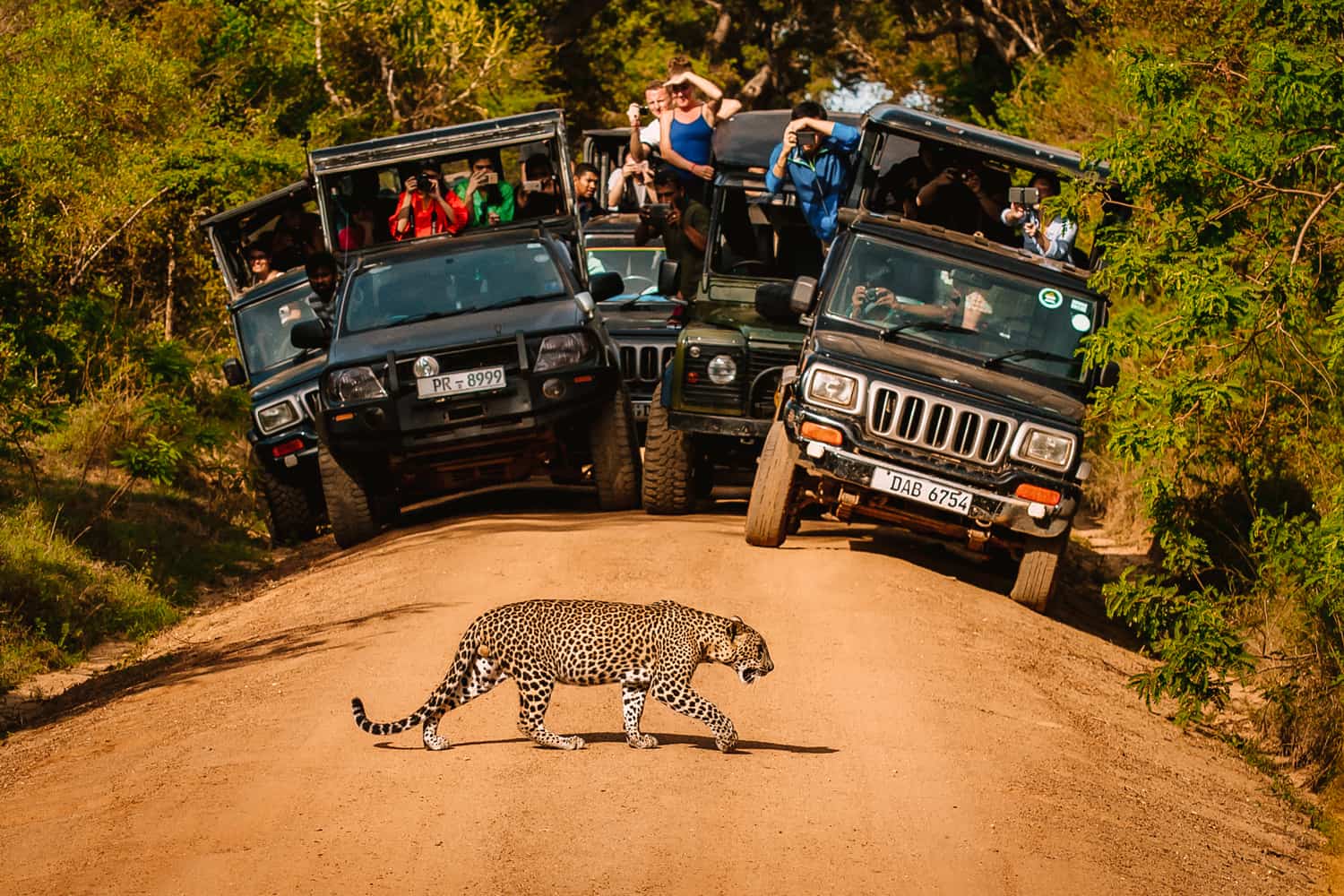
3. YALA NATIONAL PARK
Yala National Park, bordering the Indian Ocean, is Sri Lanka’s most visited and second biggest national park. The park is made up of five blocks, two of which are now accessible to the public and adjacent parks as well. The blocks have individual names for the adjacent region such as Ruhuna National Park (Block 1), and Kumana National Park or’ Yala East.’ It is located in the country’s southeastern region and is located in the southern province and province of Uva.
The park includes 979 km2 (378 sq mi) and is situated approximately 300 km (190 mi) from Colombo. In 1900, Yala was designated as a wildlife sanctuary and was one of the first two national parks in Sri Lanka, along with Wilpattu, which was established in 1938.
The park is best known for its wildlife diversity. It is essential to preserve Sri Lankan elephants, Sri Lankan leopards, Sri Lankan Bear and aquatic birds and has one of the world's largest leopard densities. Foreigners, particularly Europeans, make up 30% of the total number of tourists. Block I is the primary visiting region. However, Block III (primary gate in the Galge region on Buttala-Kataragama Road) and the adjacent Kumana Park or ' Yala East ' (primary gate in Okanda, not far from Pottuvil on the east coast) are also becoming famous on their own.
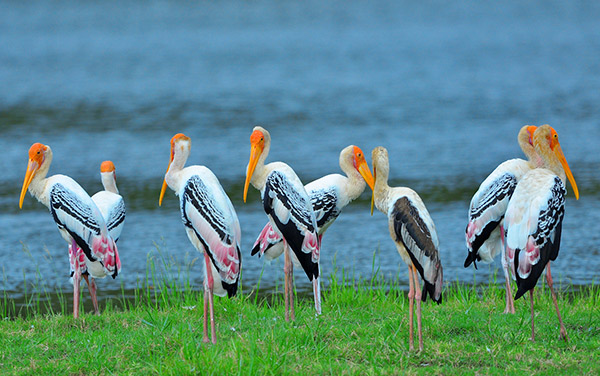
4. KUMANA NATIONAL PARK
Sri Lanka Kumana National Park is known for its fauna, especially its big flocks of migratory waterfowl and wading birds. The park is located on the southern shore of Sri Lanka 391 kilometers (243 mi) southwest of Colombo. Kumana is adjacent to Yala National Park. Kumana was previously known as the National Park of Yala East.
Kumana Bird Sanctuary is included in the Kumana National Park, proclaimed in 1938. Kumana is one of Sri Lanka's largest nesting and breeding grounds for birds. In the National Park, 255 species of birds were registered. Ten thousand birds are migrating to the Kumana swamp region from April to July. Inhabitants of reproduction are rare species such as black-necked stork, smaller adjutant, Eurasian spoonbill, and large thick-knee. Together with waterfowl, there are waders belonging to the Scolopacidae and Charadriidae families. Pintail snipes are migrating from Siberia to 11,000 kilometers (6,800 mi) flying 9,000 kilometers (5,600 mi).
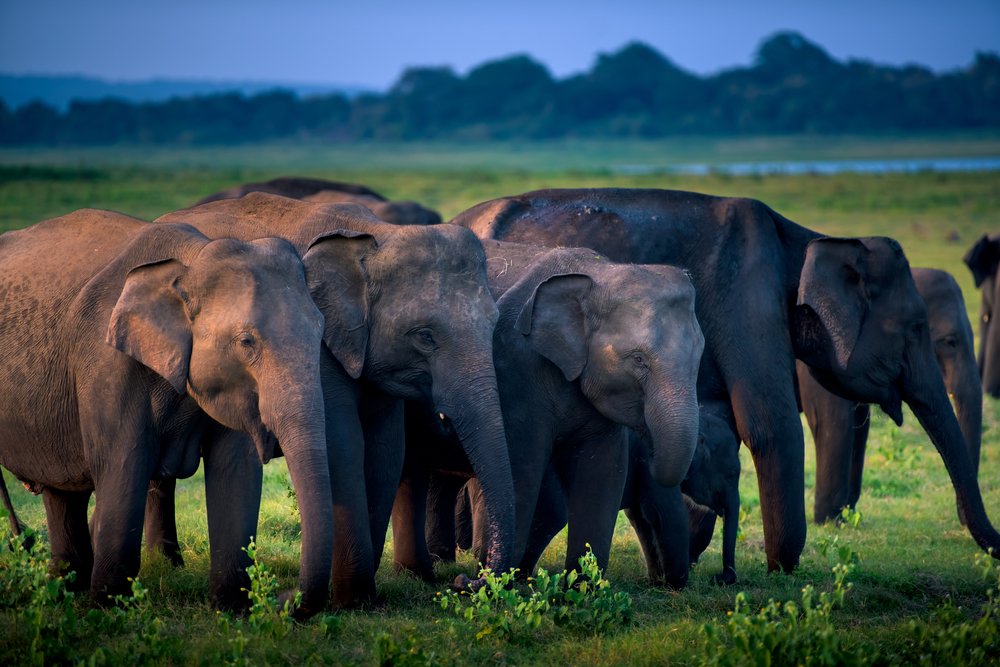
5. UDAWALAWA NATIONAL PARK
Udawalawe National Park is located in Sri Lanka on the border between Sabaragamuwa and Uva Provinces. The National Park was established to provide sanctuary for wildlife displaced by the construction of the Udawalawe Reservoir on the Walawe River and to safeguard the reservoir catchment.
The reserve covers 30,821 hectares of land area (119.00 sq mi) and was established on June 30, 1972. The region was used for shifting cultivation (Hena farming) prior to the designation of the national park. After the national park was proclaimed, the peasants were gradually withdrawn. The park is 165 kilometers from Colombo (103 mi). Udawalawe is a significant habitat for Sri Lankan elephants and water birds. It is a popular tourist destination and the third most visited park in the country.
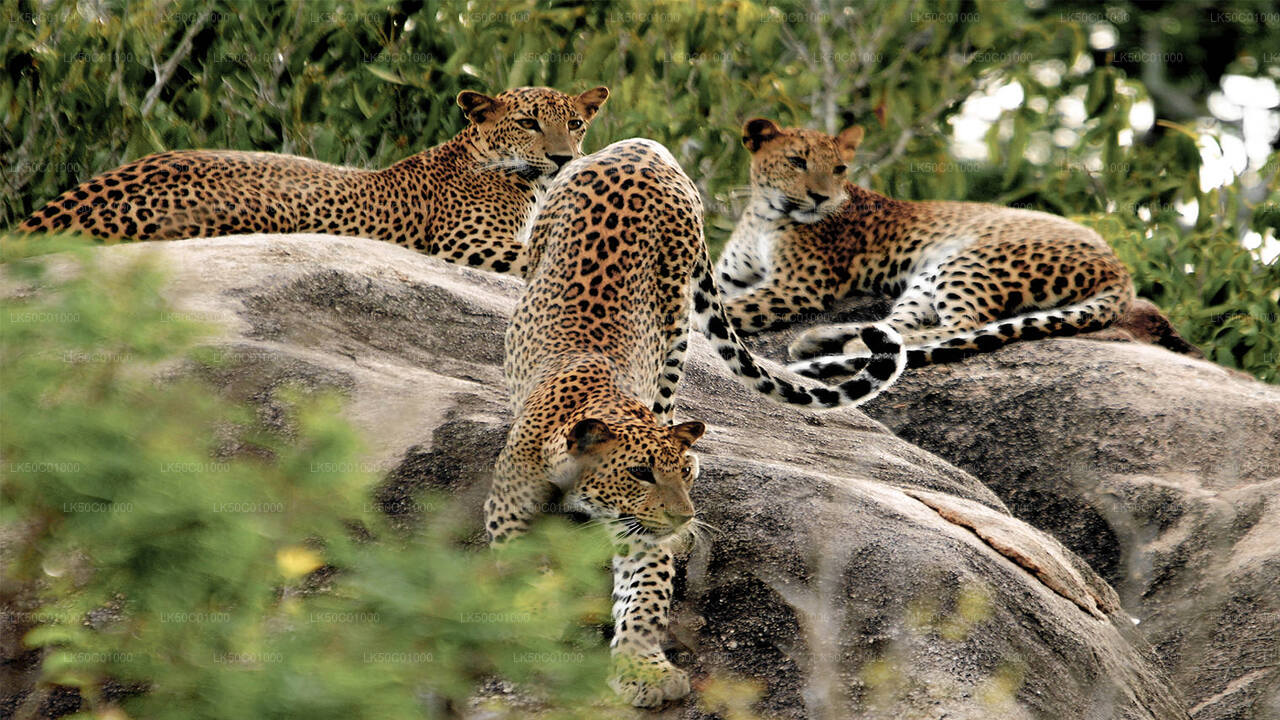
6. WILPATTU NATIONAL PARK
Wilpattu National Park (Willu-pattu; Lakes Land) is a park on Sri Lanka’s island. The distinctive characteristic of this park is the existence of “Willus” (Natural Lakes)-natural water basins or depressions filled with rainwater. Located in Sri Lanka’s lowland dry area on the northwest coast. The park is 30 km south of Anuradhapura, 26 km south of Puttalam (about 180 km north of Colombo).
The park ranges from 0 to 152 meters above sea level and is 1,317 square kilometers (131, 693 hectares). There are nearly 60 lakes (Willu) and tanks spread all over Wilpattu. Wilpattu is one of Sri Lanka's biggest and oldest national parks. Wilpattu is one of the world-renowned top national parks for its population of leopards (Panthera pardus kotiya). The Wilderness & Wildlife Conservation Trust performed a remote camera study in Wilpattu from July to October 2015. A sample of forty-nine individual leopards in the surveyed area was photo-captured and the core area density was between Block I of Yala National Park and National Park of Horton Plains.
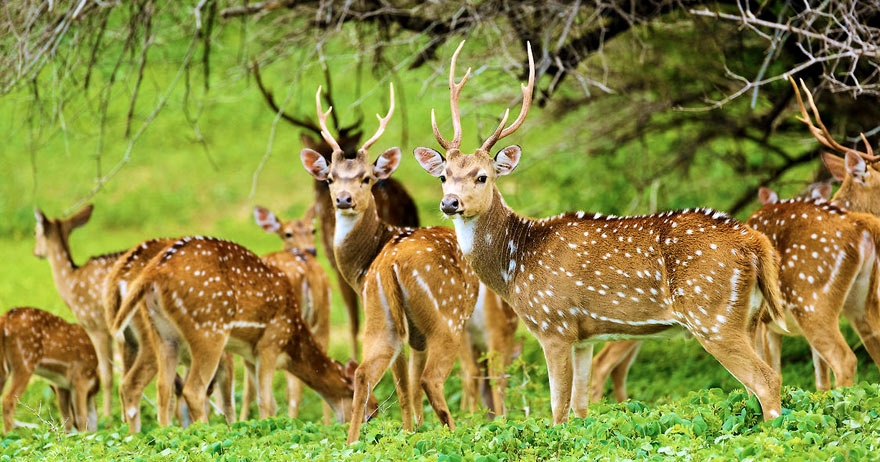
7. WASGAMUWA NATIONAL PARK
Wasgamuwa National Park is a Sri Lankan natural park located in the districts of Matale and Polonnaruwa. The park is 225 kilometers from Colombo. During the Mahaweli Development Project in 1984, it was declared to protect and make a refuge for displaced wildlife and is one of the four national parks designated under the project.
It was originally designated as a nature reserve in 1938 and was then considered a strict nature reserve in the early 1970s. Wasgamuwa is one of the protected areas that can be seen in big herds of Sri Lankan elephants. It is also one of Sri Lanka's major bird area. Wasgamuwa's name originated from the words ' Walas Gamuwa. ' For sloth bear, "Walasa" is Sinhala, and "Gamuwa" is a wood.
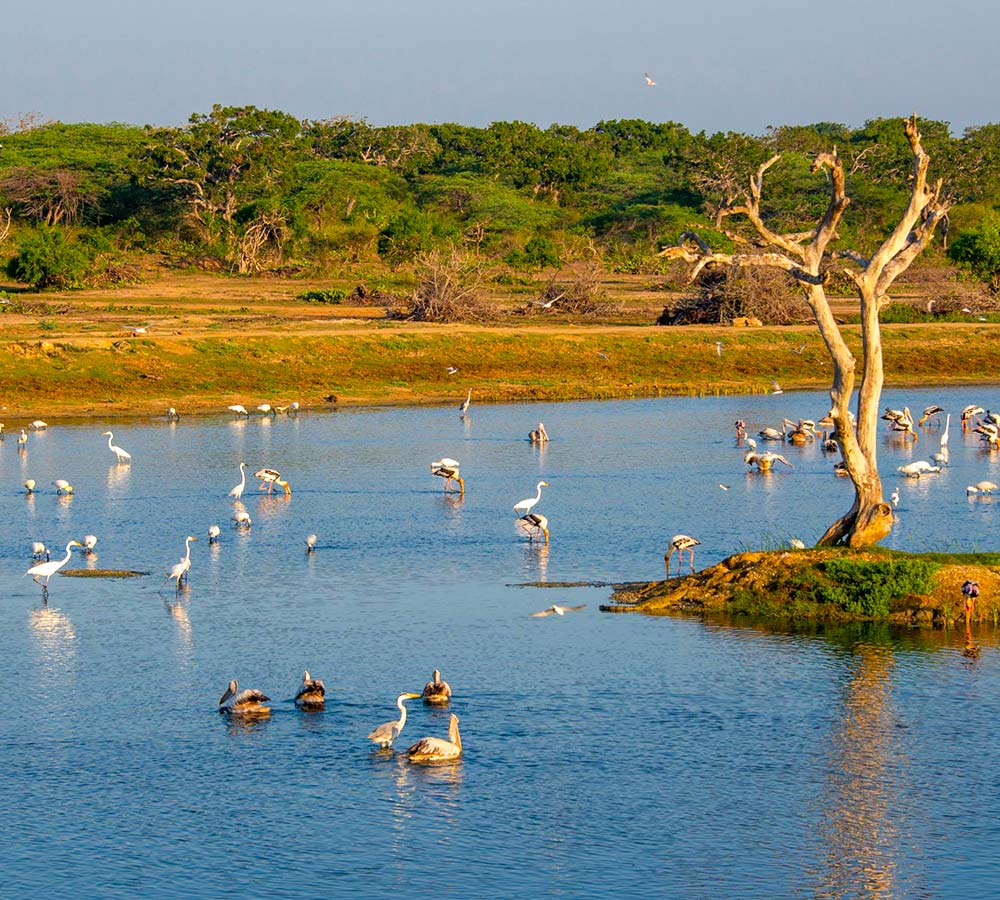
8. BUNDALA NATIONAL PARK
Bundala National Park is a wintering ground for migratory water birds in Sri Lanka that is of international importance. Bundala harbors 197 bird species, the highlight being the larger flamingo that migrates in big flocks. In 1969, Bundala was designated a wildlife sanctuary and on 4 January 1993 was reassigned to a national park.
Bundala became the first wetland in Sri Lanka to be declared a Ramsar site in 1991. In 2005 the national park was designated as a biosphere reserve by UNESCO, the fourth biosphere reserve in Sri Lanka. The national park is located southeast of Colombo, 245 kilometers (152 mi).
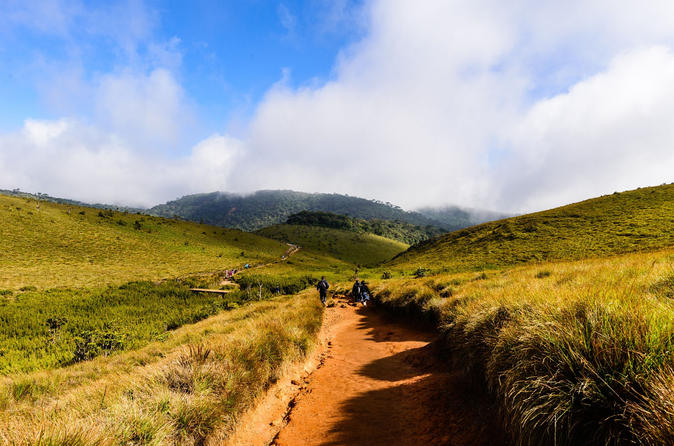
9. HORTON PLAINS NATIONAL PARK
Horton Plains National Park is a protected area in Sri Lanka’s central highlands, covered with mountain grassland and cloud forest. This plateau is rich in biodiversity at an elevation of 2,100–2,300 meters (6,900–7,500 ft), and many species discovered here are endemic to the area. In 1988, this region was designated as a national park.
Located 8 kilometers (5.0 mi) from Ohiya, 6 kilometers (3.7 mi) from the world-famous Ohiya Gap / Dondra Watch and 32 kilometers (20 mi) from Nuwara Eliya, This is also a popular tourist destination. The Horton Plains are three main Sri Lankan rivers, the Mahaweli, Kelani, and Walawe headwaters. The plains are known in Sinhala as Maha Eliya Plains. Stone tools from the culture of Balangoda were discovered here.
The vegetation of the plains is grasslands surrounded by mountain forest and contains many endemic woody plants. Sri Lankan's large herds of sambar deer are typical mammals and the park is also an important bird area with many species not only endemic to Sri Lanka but limited to the Horton plains. Forest dieback is one of the park's main threats, and some studies suggest a natural phenomenon causes it. The sheer precipice of World's End and Baker's Falls are among the tourist attractions of the park.
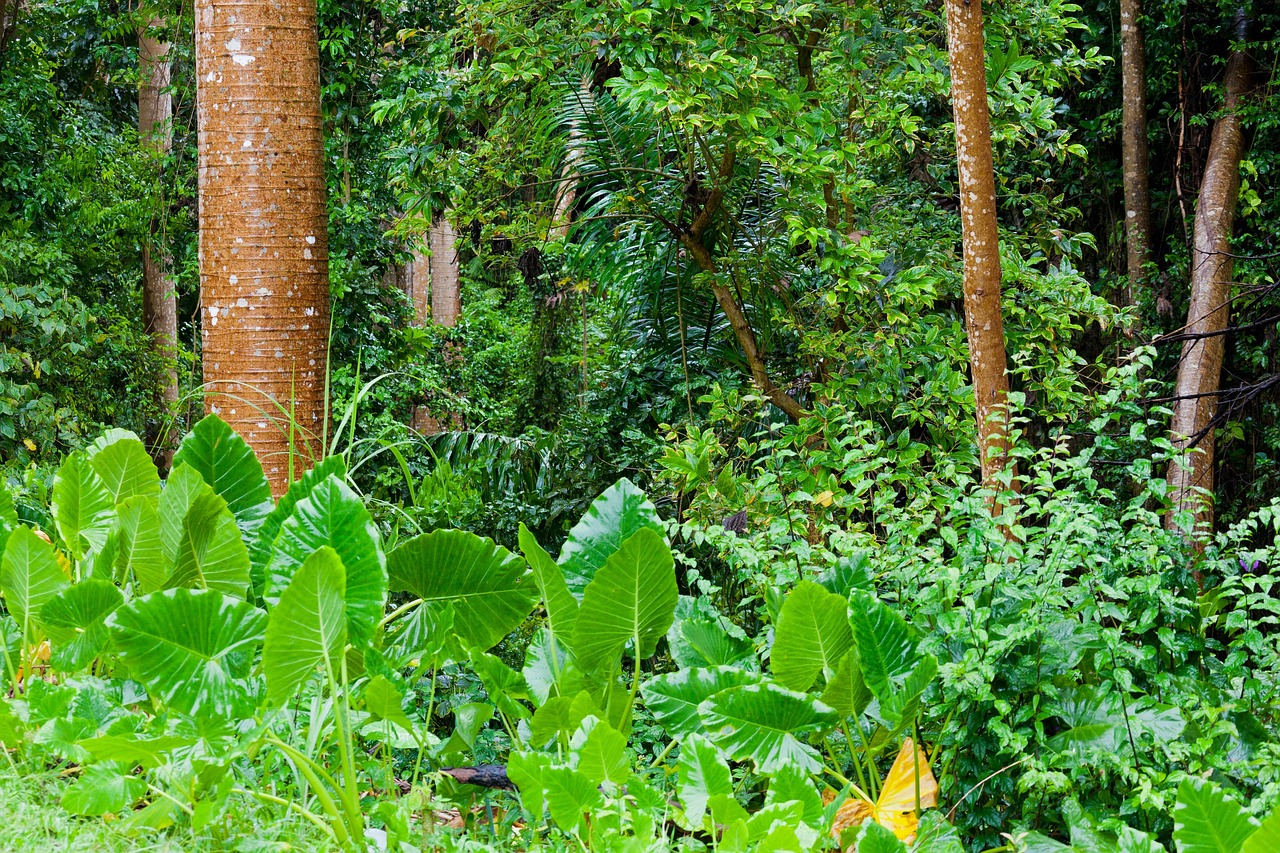
10. SINHARAJA RAIN FOREST
Sinharaja Forest Reserve is a Sri Lankan national park and a hotspot for biodiversity. It is of global importance and has been recognized by UNESCO as a Biosphere Reserve and World Heritage Site.
Sinharaja is the last feasible region of main tropical rainforest in the country, according to the International Union for Nature Conservation (IUCN).
Over 60% of the trees are endemic, and many of them are uncommon.
The hilly virgin rainforest, part of the lowland rainforest ecoregion of Sri Lanka, was saved by its inaccessibility from the worst commercial logging and was designated a World Biosphere Reserve in 1978 and a World Heritage Site in 1988. The name of the reserve translates as the Kingdom of Lion. The reserve is only 21 km (13 mi) from east to west and a maximum of 7 km (4.3 mi) from north to south, but is a treasure trove of endemic species, including trees, insects, amphibians, reptiles, birds and mammals.
